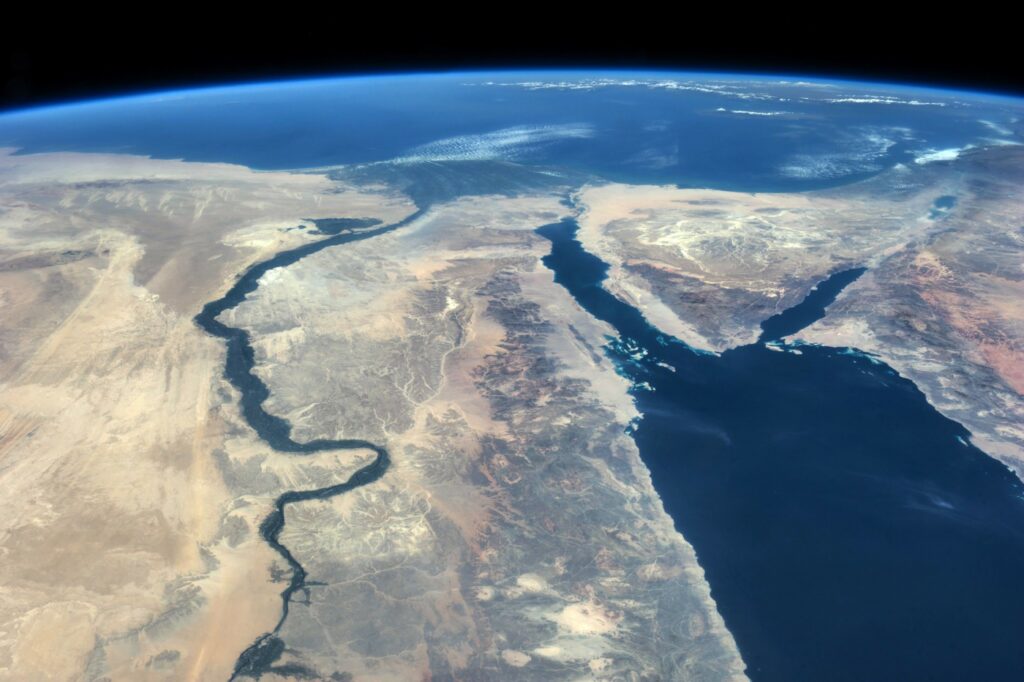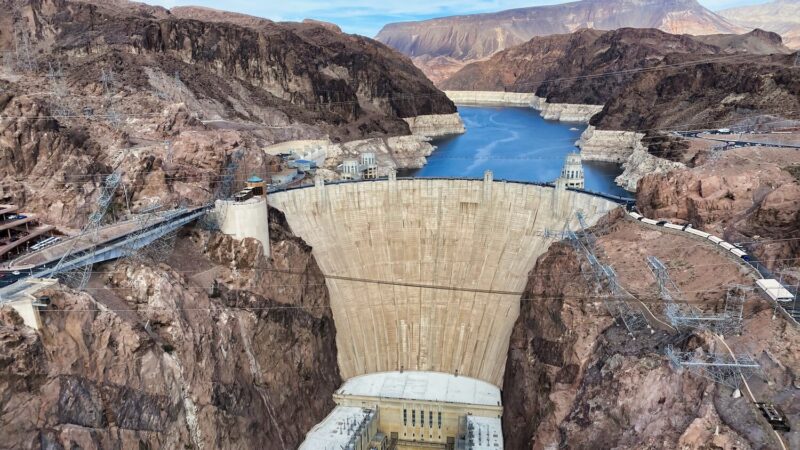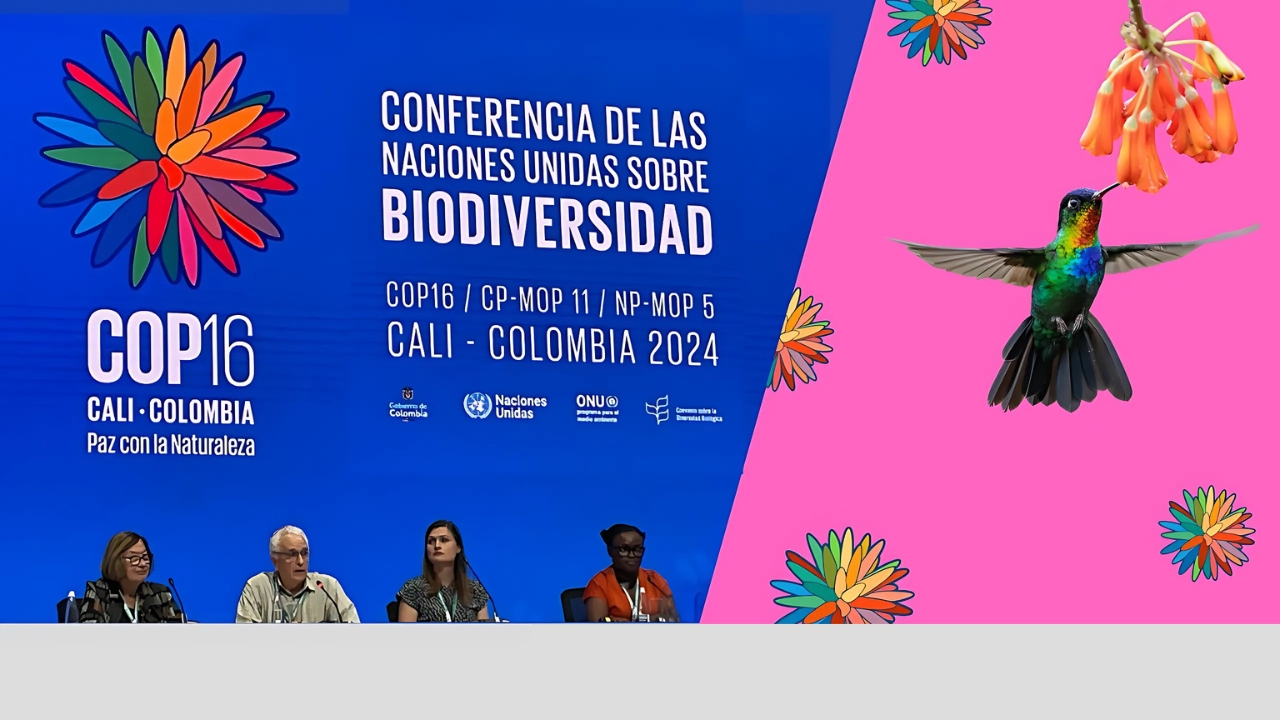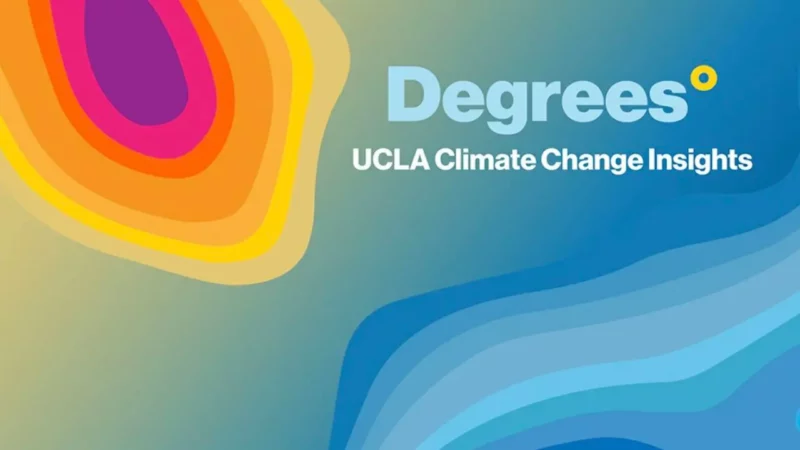
Embracing the concept of state is critical to solving environmental issues, essay explains
National boundaries are an unavoidable modern invention that impact the fate of Earth’s natural resources
Countries are relatively modern political inventions that wield major influence over environmental issues. A new essay from Monica L. Smith, a UCLA professor of anthropology, reveals how they affect the future of our planet.
Five thousand years ago, there were no overarching entities that had such control over every aspect of contemporary life as modern countries. Embracing the power of these entities could be critical to solving global environmental problems such as climate change.
In “The Fundamentals of the State,” which was published in the Annual Review of Anthropology, Smith discusses four themes that interconnect environmentalism and the concept of the state: politics, violence, literacy and borders. She defines a state as a territorial entity that has order and whose inhabitants share a sense of governance and identity.
“It would be great for people to think about states as the inescapable but potentially positive and redemptive condition of modern human life,” she said.
With their formalized system of governance, negotiating power and vast reach, states can achieve much broader results than smaller political groups. Only states can implement large-scale environmental efforts, establish national parks and wildlife refuge areas, and pass enforceable laws such as the Clean Air and Clean Water acts.
That power is especially important when it comes to climate change, which has major global consequences but gets overlooked in daily life.
“Having people pay attention to long-term climate change is difficult because our species is socially conditioned to think about the short term,” Smith said. “We’re not conditioned to think in terms of 10 years or 100 years, and certainly none of us can conceptualize 1,000 years from now.”
In contrast, states can implement precautionary actions against future consequences both through influencing large-scale politics (governmental-level decisions such as legislation and international agreements) and small-scale politics (choices in everyday conversations and lives).
Both types of politics are important to advancing sustainability, Smith argues. Large-scale political decisions can also influence whether individuals make environmentally friendly choices at the household level.
A second theme related to state, conflict and violence relates to distribution of environmental harms and justice.
The fact that the world is divided into political territories affects how people access and influence natural resources, Smith said. Regardless of what the political regime is, some benefit and others are disadvantaged.
A prime case of exploitation in relation to the environment is structural violence — harm influenced by certain social structures that are often a result of state-influenced practices. Examples include the tendency to locate polluting industries in poorer neighborhoods or in rural areas, lack of outdoor spaces in low-income or minority neighborhoods, and the varying levels of environmental education that children in different communities receive.
“Environmental violence” — damage to the environment by humans and the resulting harms to other humans — also involves debates about how much usage of resources is too much and how much is sustainable, she said. But a certain amount of violence toward the Earth, such as the use of land for agriculture is unavoidable in order to acquire the resources people need.
A third component relating to the state is literacy, including awareness of one’s environment. It includes an understanding of how state-influence messaging can impact people’s attitudes toward environmental issues and their likelihood of caring about them.
Positive reinforcement is extremely important when it comes to promoting pro-environmental behaviors, Smith explained. A simple example is water bottle filling stations that have a little counter telling people how many water bottles have been saved. They showcase how individual, small scale repeated actions can add up to make a big difference.
“Whoever installed those counters of the water bottle refilling stations is a total genius,” she said. “If we had more of those little incremental reinforcements, that would help people realize that individual actions matter and that they can be measurable.”
Such positive reinforcements are the backbone of social movements, Smith said. While governments can implement laws, they often rely on popular support to be effective.
The last part of the paper describes perhaps the most obvious element: state boundaries themselves.
While political boundaries are usually clear cut, the same is not true for natural features. The United States shares the Rocky Mountains and the Great Lakes with Canada, and it shares the Colorado River with Mexico. The Nile River runs through 11 African countries and the Indus runs through China, India and Pakistan. The oceans’ garbage patches are a result of currents bringing together human trash from throughout the world.
Nothing in nature is as perfectly straight as artificial borders between countries often are, Smith said. One country’s actions can affect the quality of a natural resource in a neighboring country: air pollution spreads over political boundaries and construction of a dam affects water flow in a country downstream.
Natural resources that cross political boundaries often become strategic points of discussion and, sometimes, sources of conflict. But they can also trigger international cooperation to protect the Earth, Smith said
“Maybe that’s where hope can come from — the idea that our territorial boundaries are firmly drawn but the air and the water are a part of the planet that we share.”




